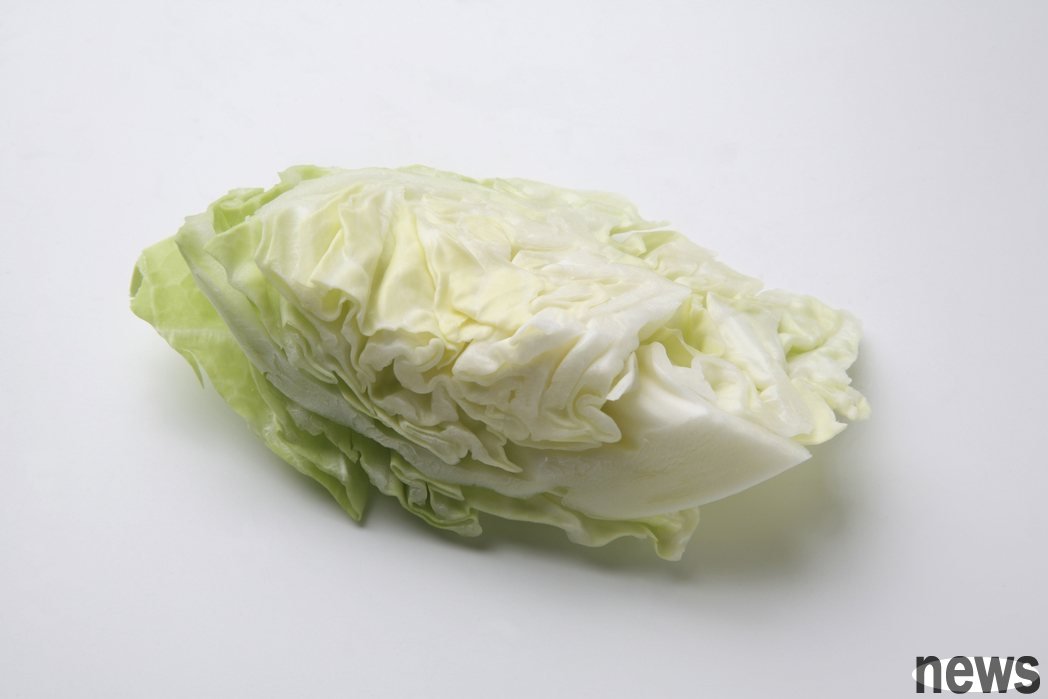Cabbage (kale, cabbage) is one of the most common vegetables on family tables. It can be bought all year round, is affordable and versatile. It is rich in vitamins C, K and dietary fiber, which can enhance immunity and promote intestinal peristalsis...

Cabbage (kale, cabbage) is one of the most common vegetables on family tables. It can be bought all year round, is affordable and versatile. It is rich in vitamins C, K and dietary fiber, which can enhance immunity and promote intestinal peristalsis. It is low in calories and has a high sense of satiety, making it a good choice for a healthy diet. However, sometimes it is inevitable to buy cabbage with older and harder leaves. The Japanese media "grape" compiled tips on how to select and preserve cabbage according to different varieties and seasons. Even if you do buy cabbage that is hard, you can make it as delicious through cooking methods.
Why are some cabbages harder?The hardness of cabbage is mainly related to the variety, growth environment and storage state.
First of all, cabbage in different seasons has different characteristics. "Winter cabbage" has thick leaves and tight heads. It is suitable for stewing and stir-frying. It has a distinct sweetness when heated, but it tends to feel hard when eaten raw. "Spring cabbage" has soft leaves, high water content, and refreshing taste. It is very suitable for lettuce salads or cold dishes. "Alpine cabbage" is somewhere in between. It is harvested in summer and autumn and can be eaten raw or cooked.
The growing environment and harvesting timing will also affect the taste. If harvested too late, the cell walls of the leaves will become thicker and the fiber will increase, making them harder and more bitter. Cabbage that is over-fertilized and grows quickly can easily become tough.
In addition, improper storage methods will also make cabbage hard. If you keep it in the refrigerator for too long after cutting, the water will evaporate, the leaves will dry, and the taste will naturally deteriorate. If not all are eaten, it is recommended to wrap the cut with moist kitchen towel and then put it in a plastic bag to refrigerate. If you will not use it temporarily after shredding or dicing, you can dry it and put it in a freezer bag for storage.
Tips for choosing cabbageIf you want to buy cabbage for raw consumption, it is recommended to choose cabbage with soft leaves and high water content. The cabbage core is small but not black, and the outer leaves are smooth and shiny. It is slightly elastic when pressed lightly with your hands and feels light.
On the contrary, if the cabbage balls are very firm, heavy, slightly flat or oval in shape, they are hard but suitable for long-term cooking.
Preservation and cutting techniques to keep cabbage softIf the cabbage you buy home feels a bit hard, you can improve the taste through two processing techniques.
1. Cut against the fiberThe vein fibers of cabbage are arranged in a certain direction. Cutting vertically against the fiber can effectively destroy the fiber structure, make the texture softer, and achieve a fluffy texture that "melts in your mouth."
If you plan to eat it raw, you can cut it as finely and thinly as possible to reduce the hardness and allow the sauce to penetrate more easily.
2. Knead with salt until soft.The simple "salt kneading" action can quickly make cabbage soft. First cut it into thin strips or pieces, put it in a bowl and sprinkle a little salt on it, then gently rub it with your hands until water comes out of the leaves, let it sit for 5 to 10 minutes, and finally squeeze out the water before you start cooking.
This not only softens the cabbage, but also helps the seasonings to absorb more evenly.
Heating and freezing can make cabbage softerEven if you buy hard cabbage, you can make it sweet and tender as long as you master a few cooking techniques.
1. BoilIf you want to soften the cabbage evenly, cut the cabbage into large pieces, put it into boiling water with a little salt, and cook for about 1 to 3 minutes until it reaches the desired softness. After taking it out and draining it, it can be used in cabbage rolls, stir-fried vegetables, cold salad or cooked into various soups.
2. Freeze softeningAnother method is to freeze first and then heat. Freezing breaks down the leaf fibers, causing them to naturally soften. First cut into appropriate sizes, wipe dry, store in a freezer bag, drain the air, seal and freeze. When cooking later, you can add it directly to soups or stews without thawing.
Thawed cabbage will release water, so it is not suitable for eating raw, but it is very suitable for soup, fried noodles, stews, etc. It is recommended to consume frozen cabbage within a month to maintain the best flavor.